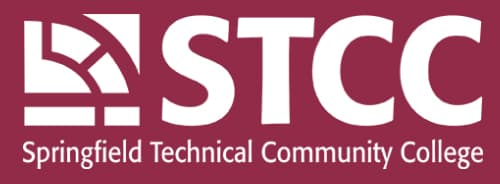Solutions d'accessibilité aux documents et au Web de GrackleDocs
Le fournisseur de services complets en matière d'accessibilité numérique
GrackleDocs Inc. est un fournisseur de premier plan de logiciels et de services conçus pour rendre le contenu numérique accessible à tous, quelles que soient les capacités de chacun.
Laissez-nous vous aider à atteindre vos objectifs en matière d'accessibilité numérique grâce à notre gamme de produits et de services.

Solutions d'accessibilité pour Google Workspace
Espace de travail du GrackleNos outils peuvent vous aider à tester facilement des fichiers uniques ou des fichiers sur l'ensemble d'un site web afin de garantir la conformité.
Un guichet unique pour les besoins en sites web accessibles
Audit WebAUDIT est l'approche hybride de GrackleDocs en matière d'accessibilité du web, offrant un audit de conformité manuel et automatisé ainsi qu'une surveillance du site web.
Services complets d'assainissement des documents
PDF RemédiationNos outils pédagogiques vous aideront à rendre vos documents et votre présence numérique accessibles.
Des millions de documents ont déjà fait l'objet d'un "Grackled" !
Un petit échantillon de ce que nos clients satisfaits ont à dire sur GrackleDocs

Association des chiens guides d'aveugles de Lyon
Notre organisation fournit gratuitement des chiens guides aux personnes malvoyantes pour les aider à se déplacer de manière autonome.
Mais malgré des efforts constants, nous n'avons pas réussi à apprendre à lire à nos chiens. Alors, pour produire des documents accessibles et faciles à lire pour nos bénéficiaires, nous associons un cancre au chien.
Il s'agit d'une solution très conviviale dans notre environnement Google Workspace. Le retour sur investissement est excellent et la combinaison de Google Docs et de Grackle fonctionne à merveille.

Fondation Rêves d'Emmanuel
Ce que j'aime dans Grackle Suite, c'est qu'il simplifie la remédiation à chaque étape de notre flux de travail. Il est plus facile de corriger des documents, d'auditer des groupes de fichiers et de créer des PDF balisés.

Collège communautaire technique de Springfield
Grackle s'est avéré très utile pour enseigner l'accessibilité aux étudiants tuteurs. Il est facile de montrer comment élaborer des documents accessibles et apporter des améliorations rapides. Tout le monde sur notre campus utilise les outils de Google Workspace et tout le monde peut désormais vérifier l'accessibilité.
L'option "Exporter au format PDF" est également fantastique pour préserver l'accessibilité !

Collaborative.org
Grackle est une suite étonnante qui a permis de combler une lacune technique importante au sein de notre propre organisation et de nos districts scolaires membres qui utilisent tous Google Workspace pour la gestion des documents.
Lorsque nous avons commencé à proposer des services d'accessibilité aux sites web, nous nous sommes rendu compte qu'il n'y avait pas de bonne solution à proposer à nos clients pour gérer l'accessibilité dans les documents Google.
Le fait de devoir télécharger, convertir et parcourir d'autres outils était trop fastidieux - jusqu'à ce que nous trouvions Grackle. Malgré les fermetures dues à la pandémie, nous continuons à promouvoir Grackle lors des réunions de techniciens et de surintendants de nos grands districts, ainsi que lors de réunions avec d'autres collaborations comme la nôtre.
